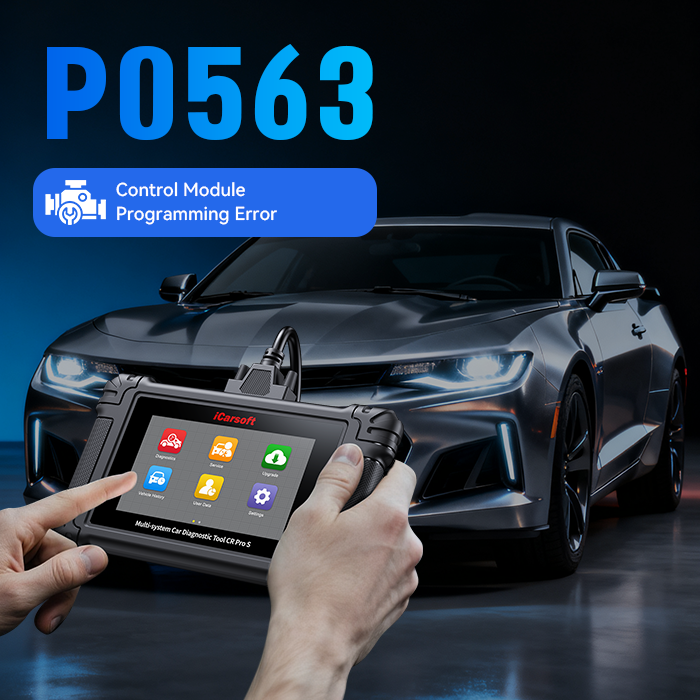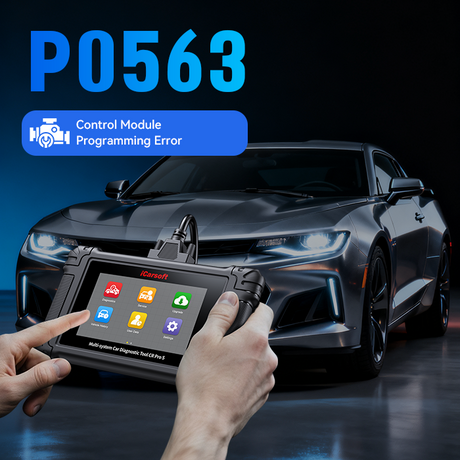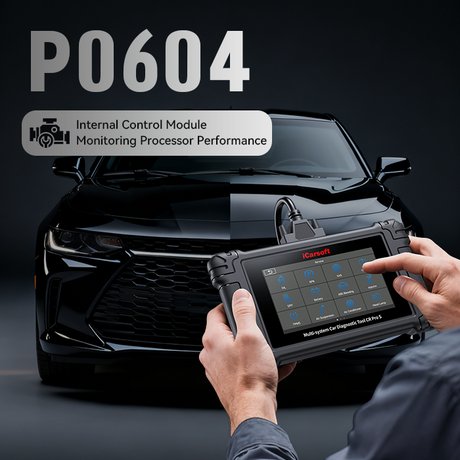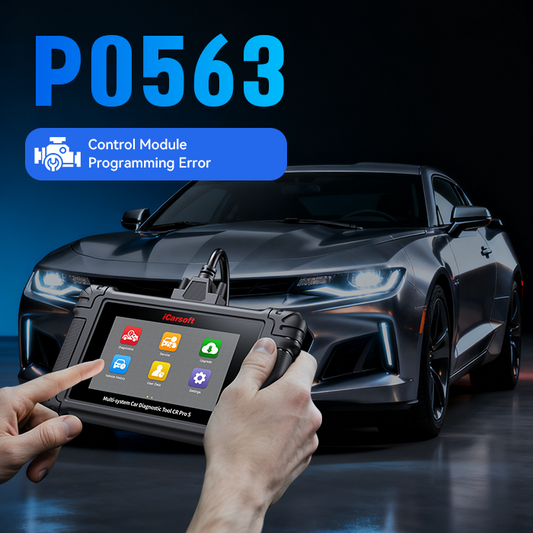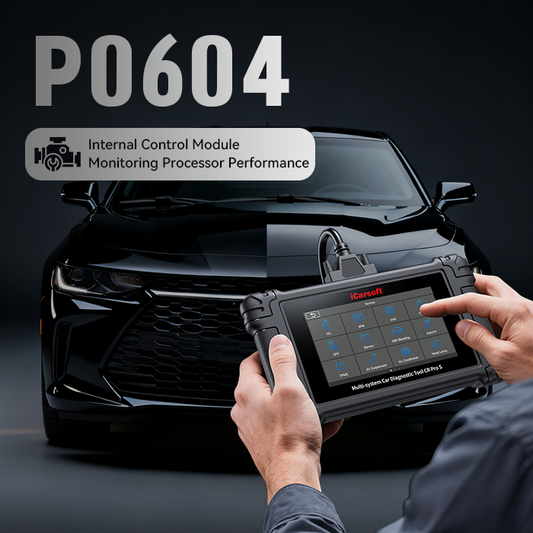Last updated: October 2025 | Applies to: All OBD-II vehicles (GM, Ford, Toyota, Mercedes-Benz, etc.)
🔍 What does P0563 mean?
The trouble code P0563 means the vehicle’s control module has detected system voltage higher than the acceptable range. In practice this points to an over-charging condition from the alternator/regulator, a wiring fault, or occasionally a module misreading the voltage.
⚠️ Common symptoms you’ll notice
- Check Engine Light (CEL) illuminated with stored P0563
- Battery/charging warning lamp or dimming/flickering dash lights
- Unstable electronics, occasional stall or limp mode
- Voltage readings above ~16V on live data or multimeter
For example, some Ford F-150 owners report P0563 accompanied by dashboard shutdowns when the alternator regulator overcharges the system.
🔧 Common causes
- Faulty alternator voltage regulator (internal to alternator)
- Short to voltage or wiring fault between alternator and battery
- Loose/corroded battery terminals or poor ground points
- Failing battery causing the charging system to overcompensate
- Rare: ECM/PCM mis-calibration or internal failure
🧰 Diagnostic workflow — how to test P0563 (step-by-step)
Use a capable scanner like the iCarsoft CR PRO S together with a multimeter for cross-verification.
- Read codes: Confirm P0563 and record freeze-frame data with CR PRO S.
- Live data: Monitor battery/system voltage with the CR PRO S while engine is running. If you see readings repeatedly above ~16V, that’s a confirmed over-voltage event.
- Multimeter check: With engine running, measure at the battery posts — alternator output should typically be 13.8–14.8V. If your multimeter shows 15.5–17V, you’ve got an overcharge. (This is the same test many DIYers search for as “P0563 high voltage alternator test with multimeter”.)
- Load test: Turn on headlights, heater blower and other accessories to create electrical load; watch for voltage spikes that exceed safe thresholds.
- Inspect wiring: Check battery terminals, alternator connector, harness grounds, and fusible links for corrosion or loose connections.
- Replace/repair: If alternator/regulator is confirmed faulty, replace it with the correct spec unit; if wiring or ground is the issue, repair and re-test.
- Verify: Clear codes with CR PRO S and perform a drive cycle while monitoring voltage to ensure P0563 does not return.

📋 Real-world examples (what other owners searched for)
- A Ford F-150 owner reported sudden P0563 after an alternator change; multimeter and CR PRO S confirmed the new alternator’s regulator was delivering >16V — replacement with correct spec unit fixed it.
- Another case: a Dodge minivan showed P0563 even though alternator measured nominal voltage. Further inspection found a TIPM/ground issue causing intermittent over-voltage messages; repairing the grounding resolved the fault.
Many DIY searches mirror these situations: “P0563 after replacing alternator still persists” and “how to fix P0563 system voltage high code” — both point to verifying wiring/grounds, not just swapping the alternator.
🧾 Quick checks & fixes (what to try first)
- Clean and tighten battery terminals and ground straps.
- Inspect alternator harness for melted insulation or chafing.
- Confirm alternator part number matches OEM spec (wrong part can use different regulator).
- Replace a weak/aging battery that may prompt overcharging behaviour.
🔍 Using iCarsoft CR PRO S effectively
The iCarsoft CR PRO S provides live voltage logging, freeze-frame capture and can graph voltage over time — invaluable when diagnosing transient spikes that a simple multimeter might miss. If you’re troubleshooting P0563, use CR PRO S to log voltage while recreating the condition (e.g., idle to load transitions).
❓ FAQ — Common questions and answers
Q: Can I keep driving with P0563?
A: You can sometimes drive short distances, but persistent high voltage risks damage to ECU modules and accessories. Diagnose promptly to avoid costly electronic failures.
Q: I replaced my alternator but P0563 still shows — what next?
A: Recheck wiring and grounds. Many users searching “P0563 after replacing alternator still persists” discover a wiring fault, incorrect alternator part, or poor ground rather than a new alternator failure.
Q: What voltage triggers P0563?
A: OEM thresholds vary, but many systems flag high-voltage events above ~16.0–16.5V. Use CR PRO S live data and a multimeter to confirm exact values on your vehicle.
Q: How to perform an alternator test with a multimeter?
A: With engine running and no heavy loads, measure voltage at battery posts. Normal alternator output is 13.8–14.8V. Higher readings indicate potential regulator overcharge — the basic “P0563 high voltage alternator test with multimeter”.
Q: Could a bad battery cause P0563?
A: Yes. A weak or failing battery can lead the charging system to overcompensate and spike voltage. If the battery is old or shows bad cells, replace it and retest.

